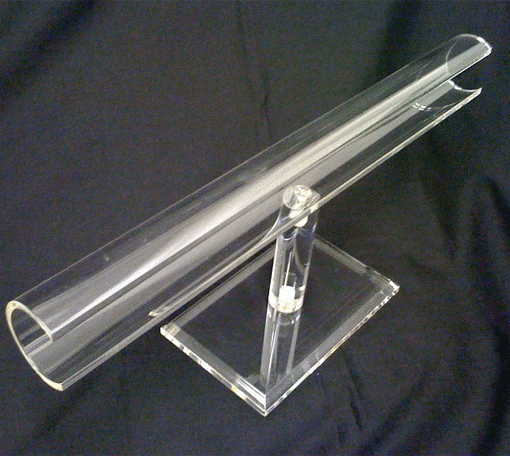So why even opt to produce plastic products? Firstly, plastic manufacturing usually has the benefit of having considerably fast finish times, and in contrast to the majority of materials there’s also the choice of colouring plastic before production, as opposed to after. It’s significant malleability means that it has a comparatively low melting temperature, and it’s also far more light-weight compared to many other materials – these two elements simplify the manufacturing operation. Moreover, plastics are fairly inert and therefore possess high chemical resistance. Despite all of these positives, plastic material is nonetheless unsuitable for uses that require a high structural integrity, and is also rather susceptible to wear in the long-term.
Overview Of CNC Machining
CNC machining is a computer governed subtractive process, that removes material from plastic in an effort to generate the required form. The computer is high-tech, with the capability to convert a model into numbers by using a computer assisted design computer software program. The figures are able to operate the machine to cut the necessary shape. To setup, the pieces of equipment require an intermediate stage in the development and validation of tool paths. Once the machine is provided with the tool paths, the subtractive procedure is launched. Once the assemblage is finished, the component part is cleaned, smoothed, and trimmed. {You can find 1,000’s of internet sites with info having to do with ‘acrylic design & fabrication company’ this really amongst the best websites precision acrylic machining.|www.displaydevelopments.co.uk is truly a site that is loaded with lots of up to date info on small perspex fabricators.|{For everybody who is looking at extra information on the subject of moulded plastic prototypes this specific page plastic machining company has got a whole lot more superbly written articles pertaining to plastic fabrications. This web site www.displaydevelopments.co.uk has a lot more info on the topic of plastic fab & forming. You can find numerous plastic material development online sites in great Britain, if you’re looking to find out more or sometimes asking prices this excellent website is a superb starting point for
For lower quantity plastic component part applications that demand tight tolerances and forms that are tricky to shape, machining is suitable. CNC machining also has minimal to moderate initial expenses, and can manufacture top of the line plastic parts with minimal finishing times. On the other hand, with increased product difficulty, the price per part climbs up. In addition, this process demands tool access allowances, and a number of designs, for instance those with spherical inner channels, are near-impossible to create with CNC manufacturing.
Breakdown Of Vacuum Formation
Vacuum formation is a procedure through which plastic is heated up and moulded, usually using a mould. The size and intricacy of vacuum-forming machines vary from cheap desktop devices to sophisticated production equipment.
It is often ideal for any project, ranging from tailor-made designs to large-scale fabrication, considering the large array of machinery available and that automatization is undoubtedly an option if required. Having said that, there is little freedom in the different kinds of shape it can create, and is unfortunately only able to produce parts with simple geometries. When compared with other techniques, tooling prices are low, given that vacuum formation only requires minimal forces and pressures. Usually, for small manufacturing sizes the moulds are created from Three-dimensional printed resin, or even plaster, and then for higher production sizes more robust equipment made of metal is used.
The manufacturing process begins with a sheet of plastic material being clamped and heated so that the plastic becomes mouldable. The plastic will then be placed into the mould and cooled down, and quite often fans and also other chilling strategies are used in order to accelerate the cooling process. The final stage involves any excess plastic being removed.



